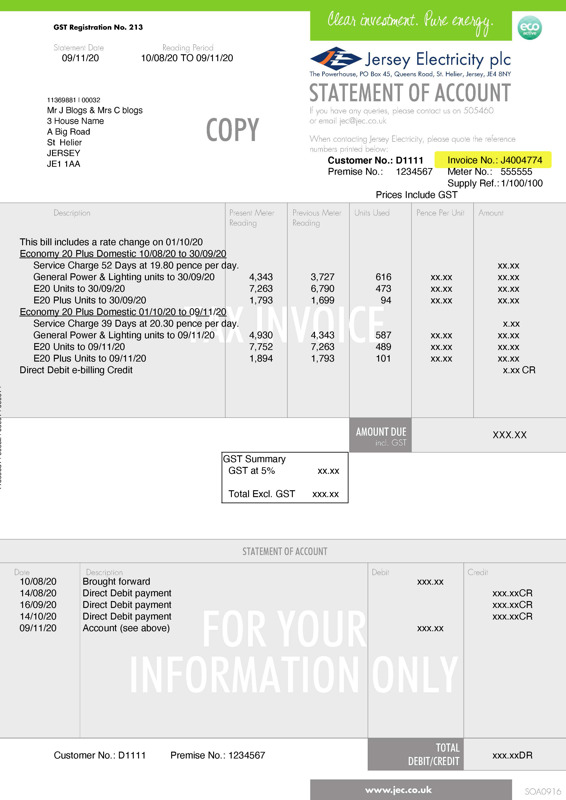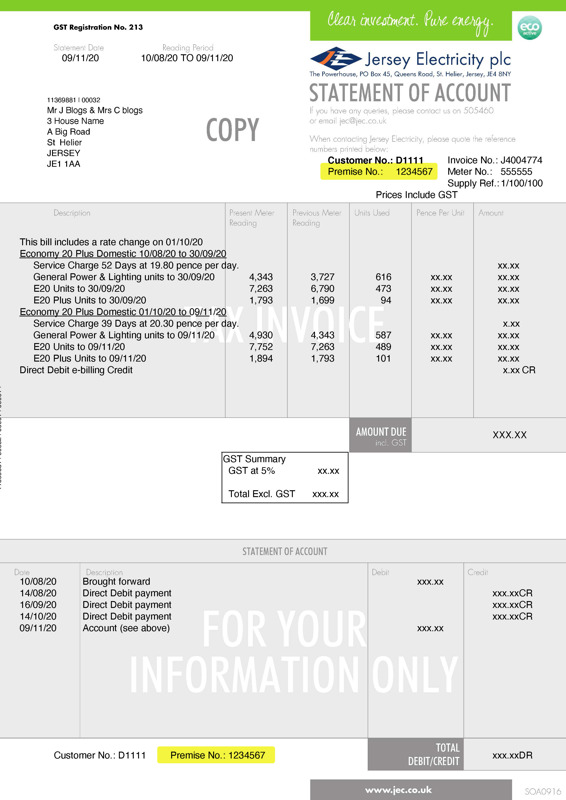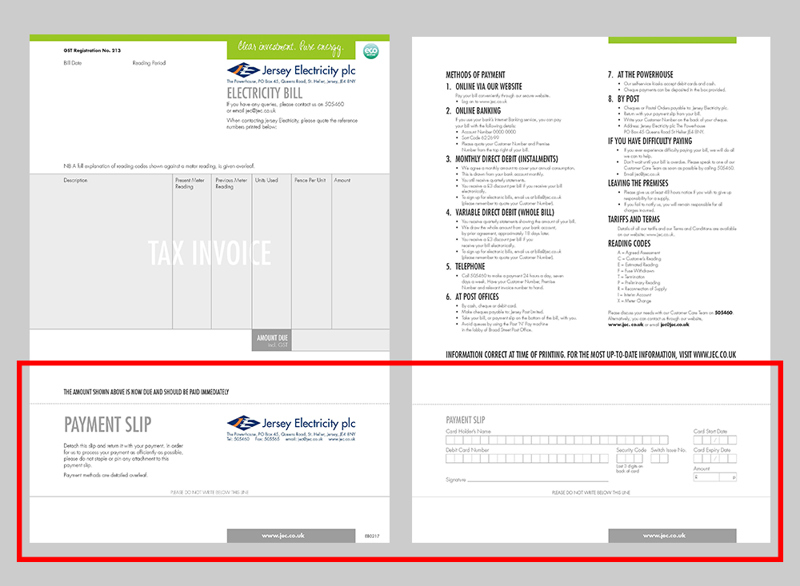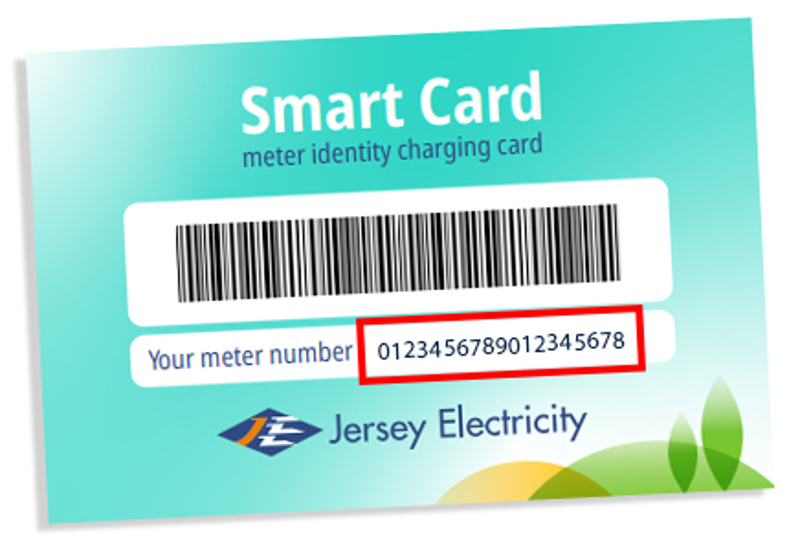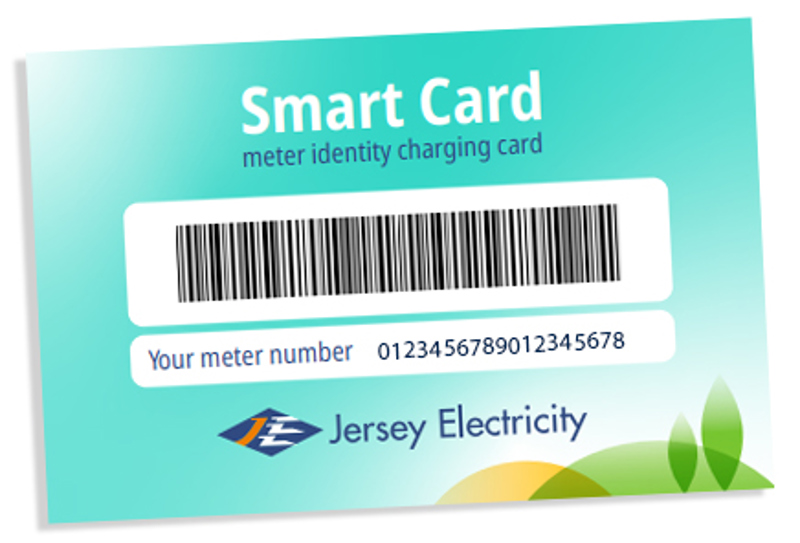Jersey Electricity has agreed to further delay the proposed extension to its Standby Charge to commercial renewable generators from 1 March 2018 to 1 May 2018 to enable the States of Jersey to complete a review of the charge and its implications for the competiveness of the generation and supply of electricity in Jersey. The utility, which has already virtually decarbonised the Island’s electricity supply, had agreed to this further deferment before yesterday’s States Debate on the matter following a Proposition by Grouville Deputy Carolyn Labey.
JE had originally given a year’s notice of its intention to extend its Standby Charge from 1 November 2017 to all new commercial customers who generated their own electricity but still required back-up services from the grid for when their facilities failed to meet their operational needs. JE believes this is only fair, reasoning that if they did not pay their fair share of the investment in and maintenance of the network, the burden would fall on others not in a position to install renewable generation, through higher tariffs.
Warning from Ofgem chief
Already in the UK, where government is encouraging renewables to cut carbon emissions from electricity generation that are 10 times higher than in Jersey, customers are calculated to be paying an extra £110 a year on energy bills to fund ‘green policies’. The CEO of Ofgem, the UK’s energy market regulator, recently warned that ‘there was a risk that those who could afford to harvest their own energy and avoid network charges and avoid policy costs that are passed on via bills would leave a ‘shrinking pool of less wealthy customers to shoulder such costs’.
He questioned whether it would be acceptable if ‘many of the wealthier in society were having very, very low energy costs because they weren’t paying network costs, they weren’t paying policy costs and those costs were then being smeared over a smaller section of less well-off people, including potentially on the vulnerable’. He suggested those who wanted to maintain a grid connection for emergencies paid something ‘akin to an insurance premium’.
What the unit price of electricity covers here
Here in Jersey, the unit price of electricity Islanders currently pay covers the wholesale price JE pays for power, the cost of generating on-Island electricity at La Collette and Queen’s Road, plus a portion to cover the cost of financing, installing, maintaining and operating the generation assets and the network over which power is transmitted and distributed.
Businesses generating their own power, for example via wind or solar, while still being connected to the grid buy fewer units of power from JE and therefore contribute less to the utility’s considerable infrastructure costs. Without a Standby Charge to fairly cover the costs of providing this standby power and service, the share of the cost burden of those commercial customers with embedded generators falls on all other customers – in effect leading to a situation where customers without embedded generators subsidise businesses with embedded generators. Over time, JE forecasts, this cost could become significant.
CEO Chris Ambler said: ‘Jersey Electricity is not opposed to renewable generation. We have invested significant effort and money exploring the potential of largescale offshore wind and tidal power. Neither are we opposed to companies or individuals generating their own electricity via solar panels or wind turbines which we have connected for many years. We are, however, opposed to subsidising them to do so by charging other customers, who cannot afford, or do not have the space for such facilities, higher prices for their electricity. Jersey’s standard domestic tariff is almost 14% cheaper than in the UK, 20% cheaper than Guernsey and 15% lower than the EU average and the Isle of Man. We would like to keep it that way.
‘The UK, Germany and Spain are already lowering or withdrawing subsidy for mature renewables and/or introducing charges that reflect the provision of standby services. Standby Charges are already levied in Guernsey and the Isle of Man at higher rates than we are proposing here which is a flat rate of £3.25 (incl GST) (£3.10 excl GST) for each kWp (kiloWatt peak) per month up to 50kWp they require on standby from the network. Installations above 50kWp will be assessed and charged on a case-by-case basis because they require bespoke connections to the network.
Where the Standby Charge does not apply
'Commercial systems already installed, or those embedded generation facilities in advanced stages of completion, prior to 1 May 2018 will be ‘grandfathered’ and will not be subject to the charge until change of ownership, facility upgrade or replacement. No Standby Charges will be levied on facilities that do not rely on backup services from the grid such as those that export all their electricity into the grid or those facilities that are installed as backup in case of failure of grid supply, such as those supporting data hosting facilities.
‘Renewables, as intermittent generation will not help security of supply which, incidentally, is also ten times better in Jersey than the UK. We also believe that there are far more cost effective ways of encouraging renewables which we are discussing with the States. There are also more effective ways of reducing Jersey’s carbon emissions further by switching from oil and gas–fired heating to renewable heating in the form of heat pumps. And now with a third of emissions emanating from transport, much could be done by encouraging the uptake of electric vehicles.
‘Therefore, none of the arguments for renewables in other countries apply to Jersey; least of all the one for the masses without renewables subsidising the few that can afford them. But we are happy to wait for the States review which we hope will be concluded by the end of March.’


